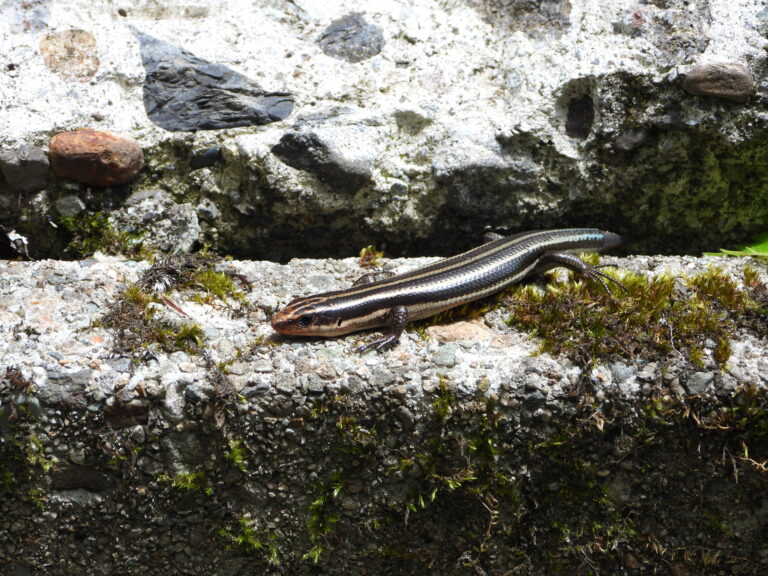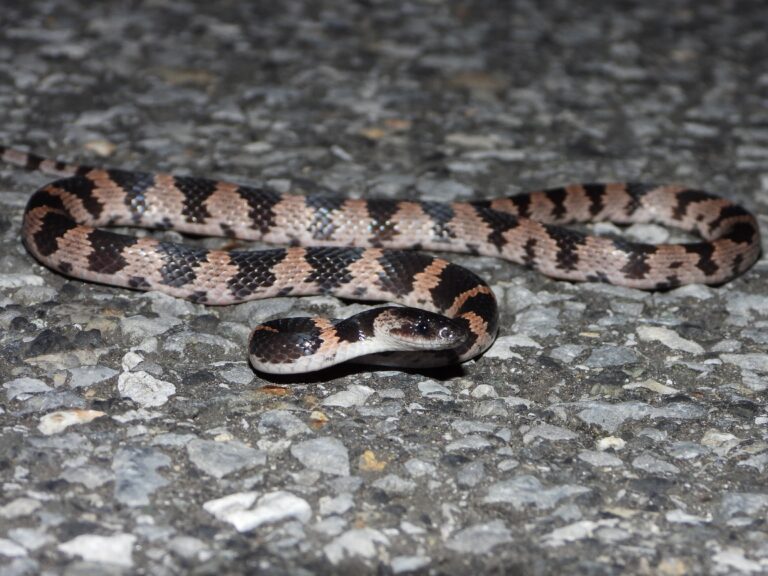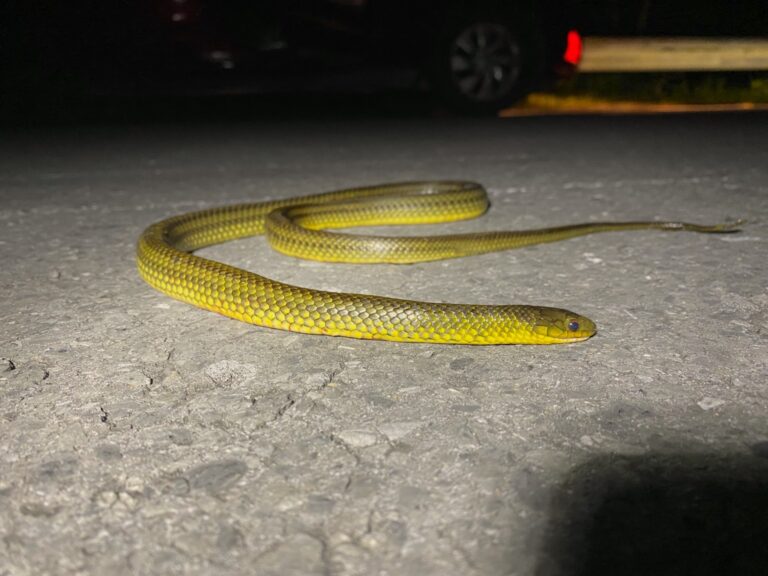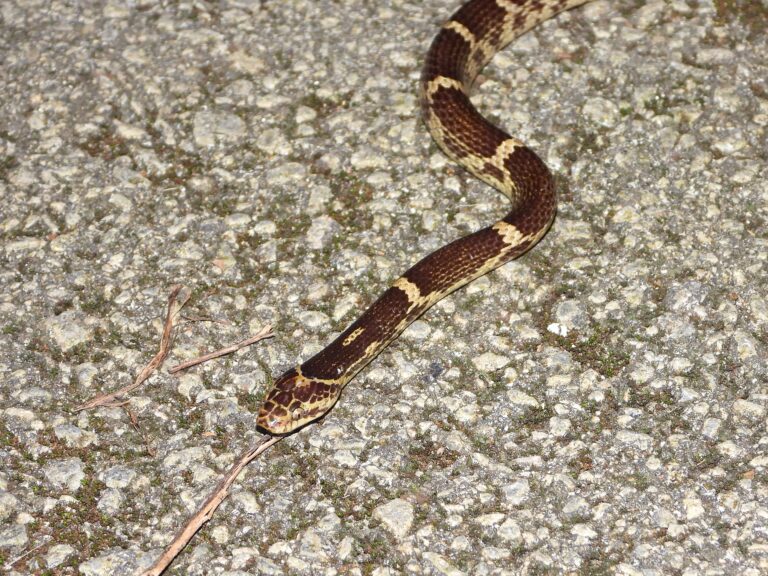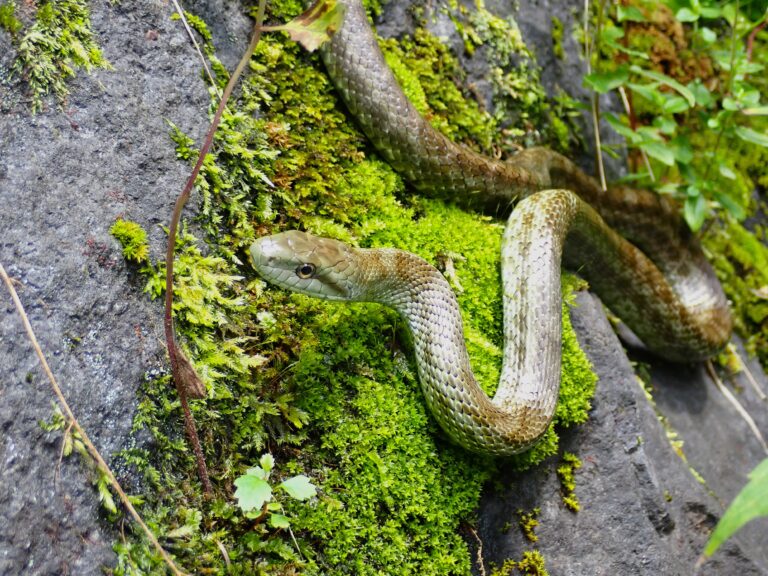Okinawa Keelback (Hebius pryeri) – Wildlife of Japan
Introduction
The Okinawa Keelback, locally called Garasu Hibā, is a semi-aquatic snake native to Japan’s Ryukyu Islands, including Amami and Okinawa. Although often mistaken for a dangerous species due to its dark coloration, it is generally mild-tempered and plays an important ecological role by feeding on amphibians. The name Garasu (“black” in Okinawan dialect) likely refers to its glossy dark body, which blends naturally with shaded streams and forest edges.
Appearance
This snake has a slender body with smooth, slightly keeled scales. Its coloration is typically dark brown to black, sometimes showing faint pale markings on the neck or upper body. The underside is light yellowish to whitish. Overall, it gives an impression of a thin, agile snake well adapted to life near water.
Habitat & Distribution
Hebius pryeri is endemic to Japan’s Ryukyu Islands, confirmed from Amami Ōshima, Okinawa Island, and surrounding islets. It inhabits humid environments near freshwater—such as forest streams, ponds, rice paddies, and drainage ditches—where frogs and other amphibians are abundant. It is often encountered close to water, especially after rainfall.
Behavior
The Okinawa Keelback is mainly active during the day and at dusk, though nighttime activity has also been reported. It swims and crawls skillfully in shallow water and hunts both on land and in water. When threatened, it may flatten its body or raise its head defensively but seldom attempts to bite. This species possesses mild rear-fanged venom produced by the Duvernoy’s gland, yet there are no verified cases of serious envenomation in humans.
Diet
Its diet consists primarily of frogs and tadpoles, occasionally including other small amphibians. This feeding preference reflects its strong association with wet habitats.
Reproduction
The species is oviparous (egg-laying). Breeding likely occurs in early summer, when females deposit a small clutch of eggs in moist soil or beneath stones. Hatchlings are similar in appearance to adults.
Conservation
Hebius pryeri is currently classified as Least Concern (LC) on both the IUCN Red List and Japan’s national database. However, local populations may be influenced by habitat alteration, water pollution, or predation by introduced species such as the small Indian mongoose. Preserving natural streams and wetlands is essential to maintain healthy populations.
Author’s Impression
The Okinawa Keelback is a strikingly beautiful, jet-black snake. Because it possesses mild venom, it should be observed from a respectful distance. Try exploring forest roads at night after rain—you might glimpse its sleek, glossy body gliding quietly through the darkness.



